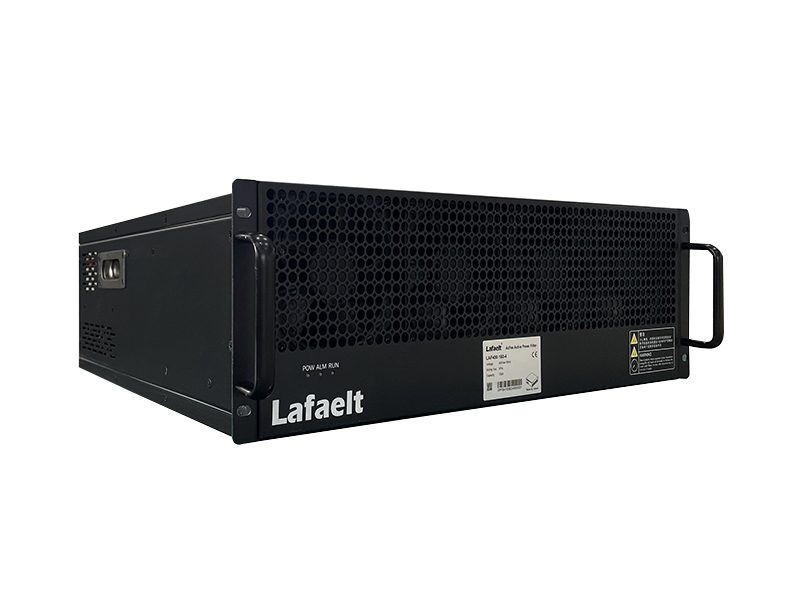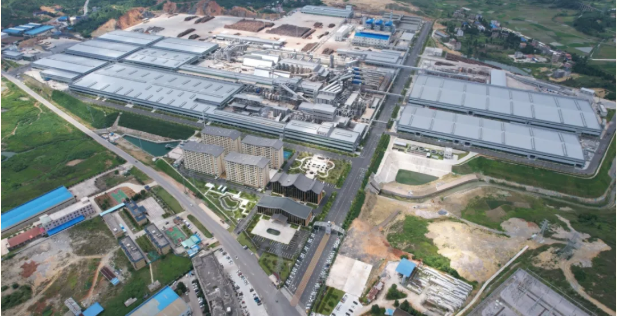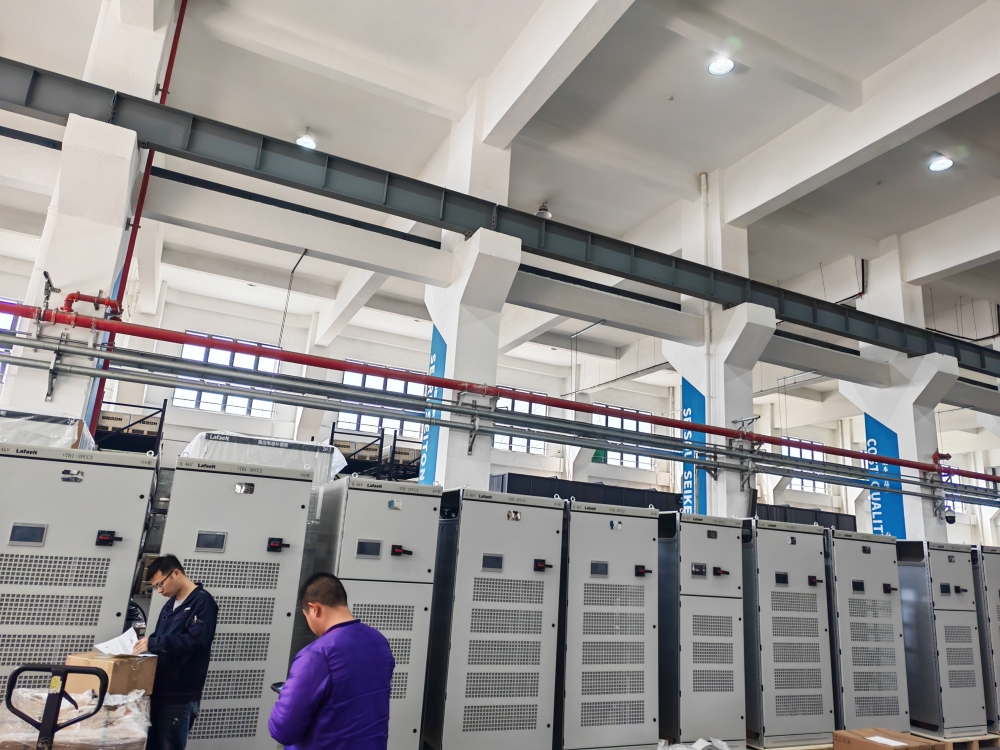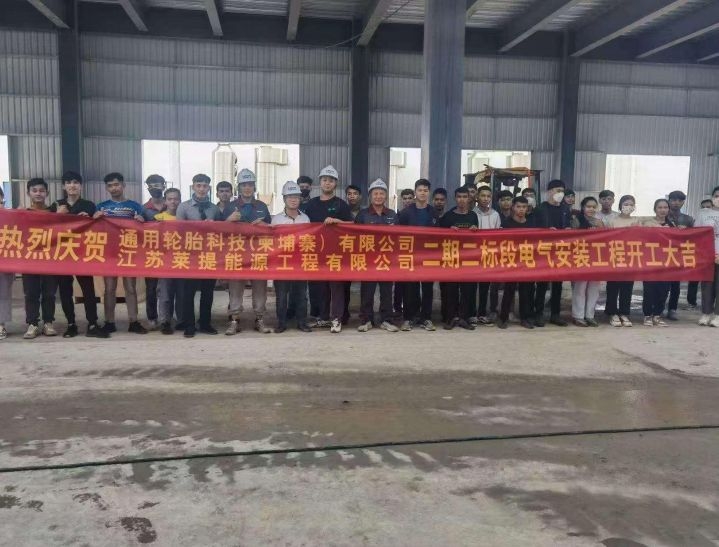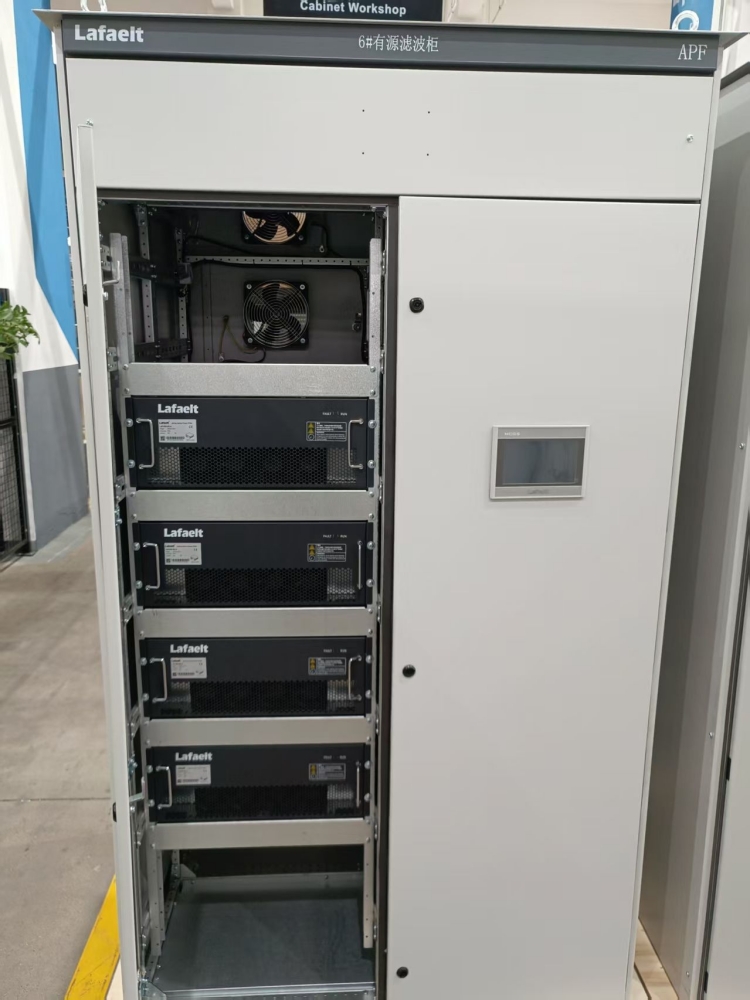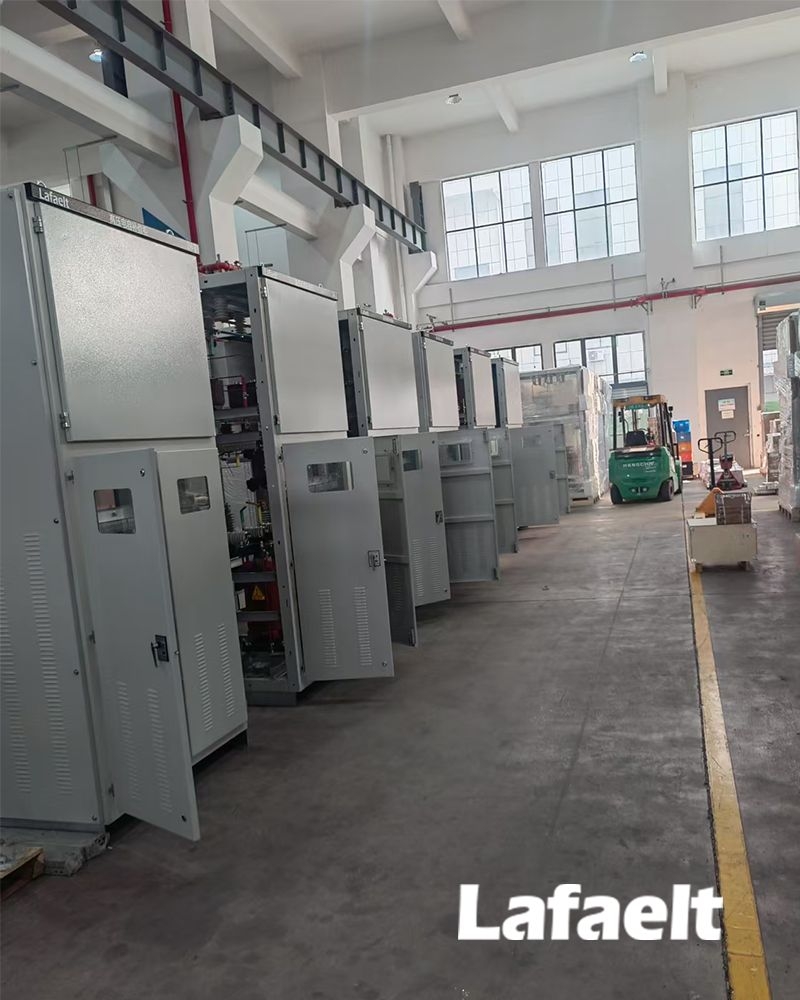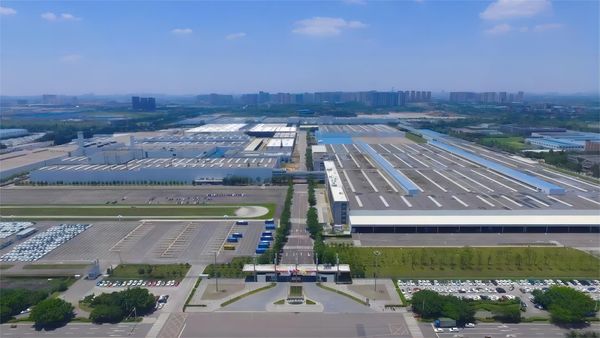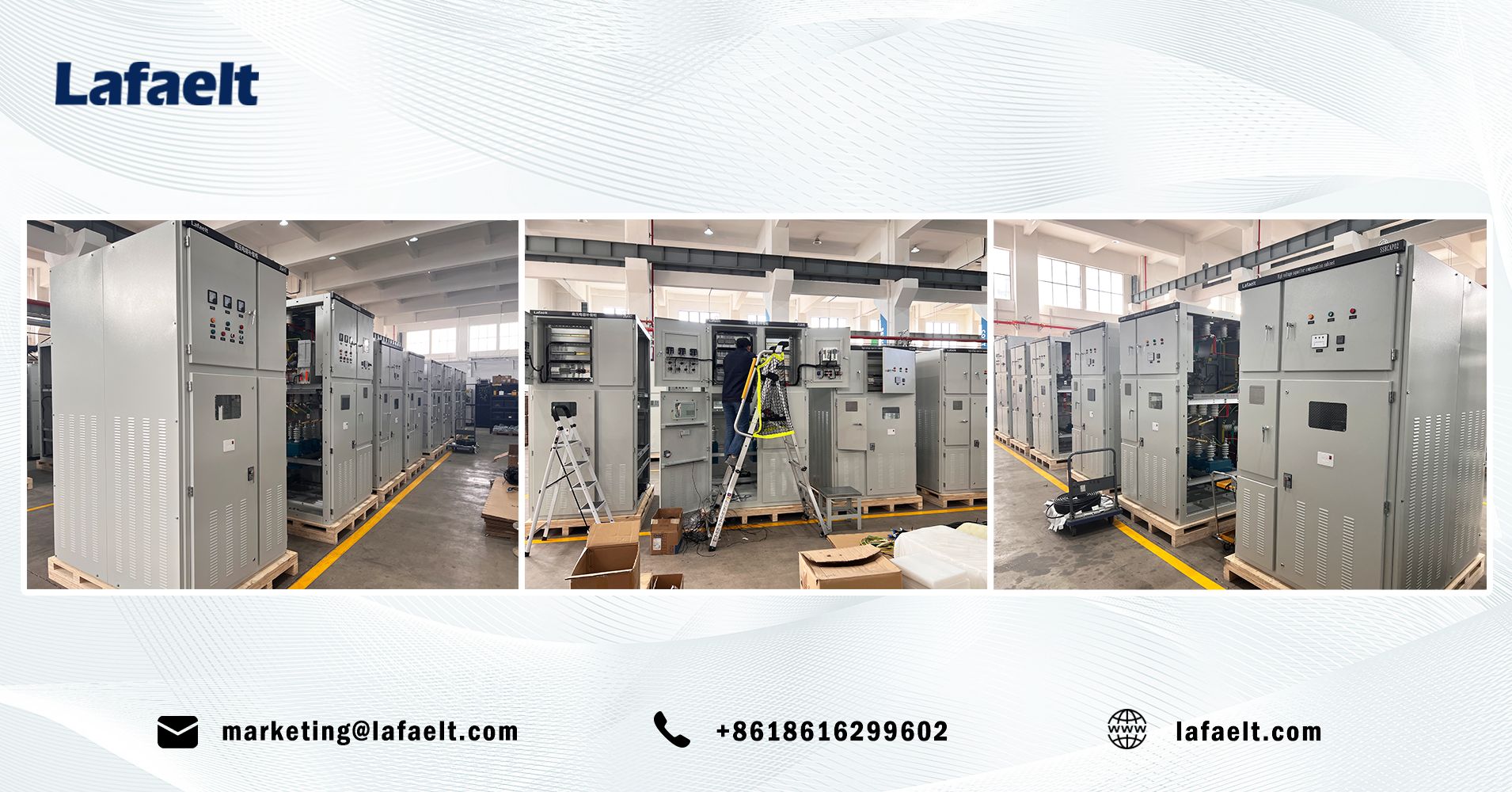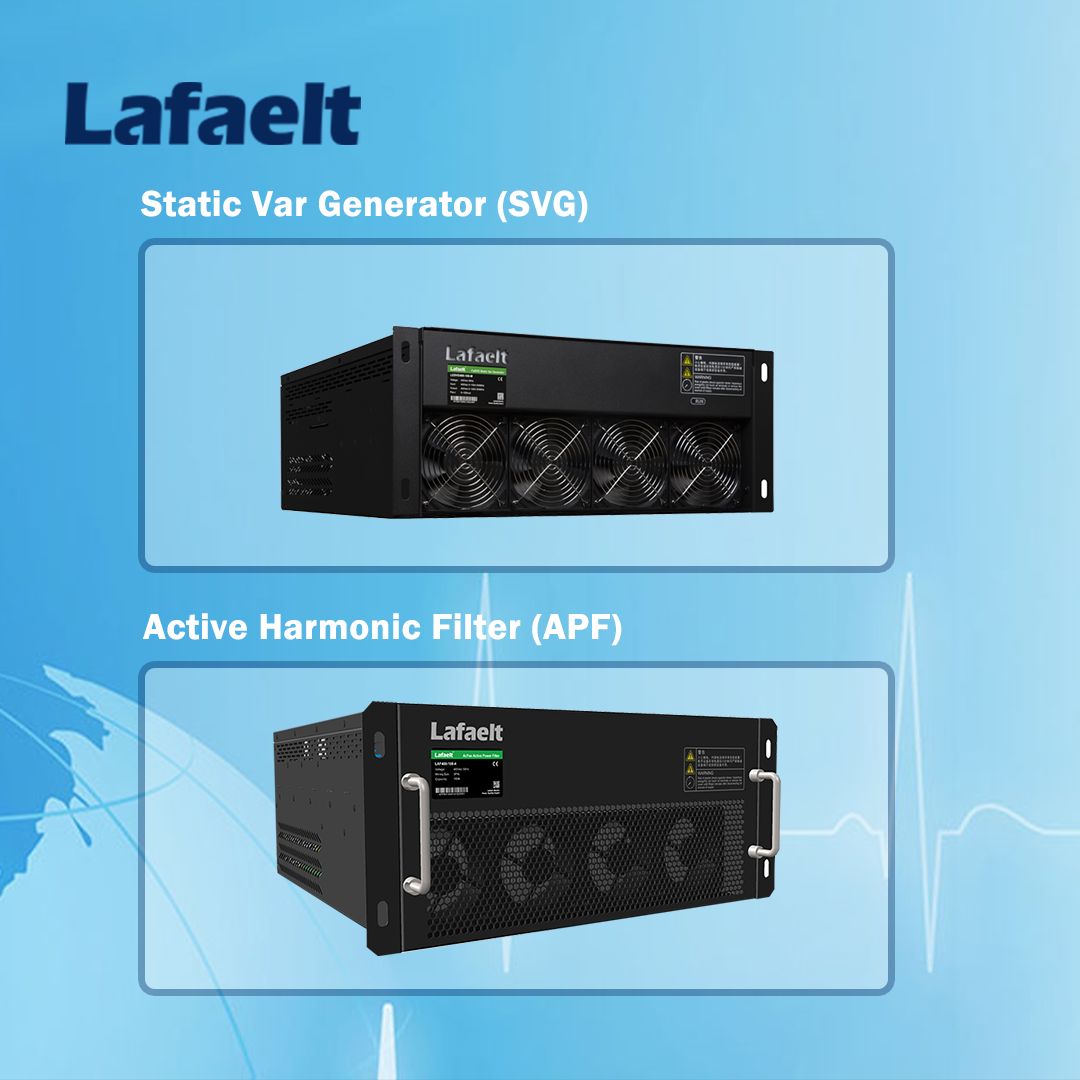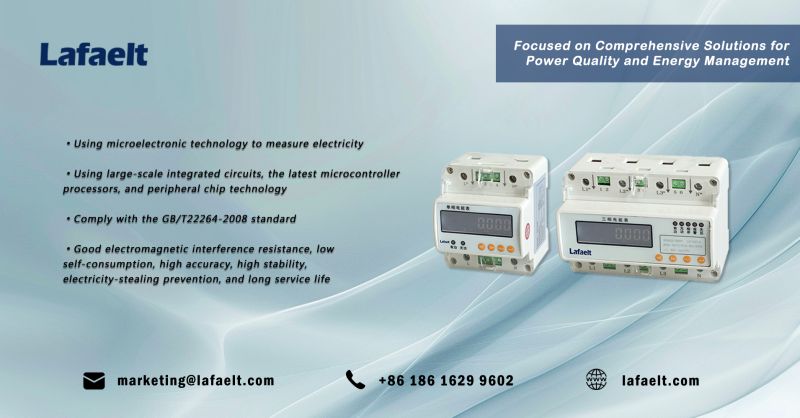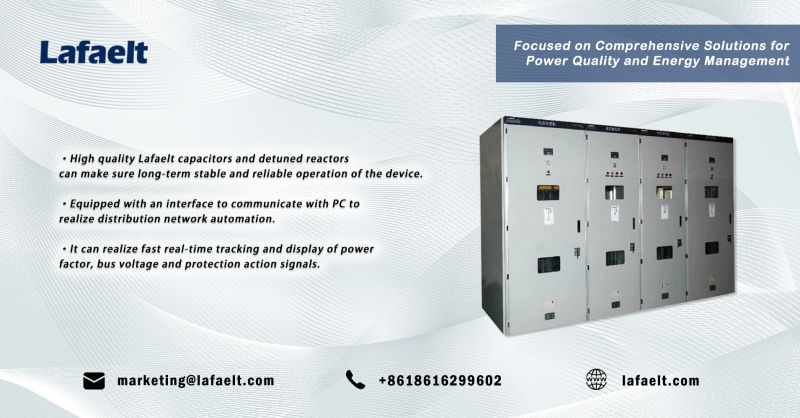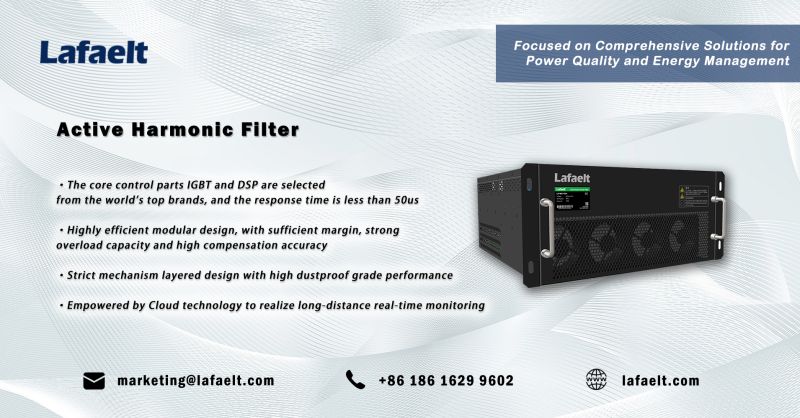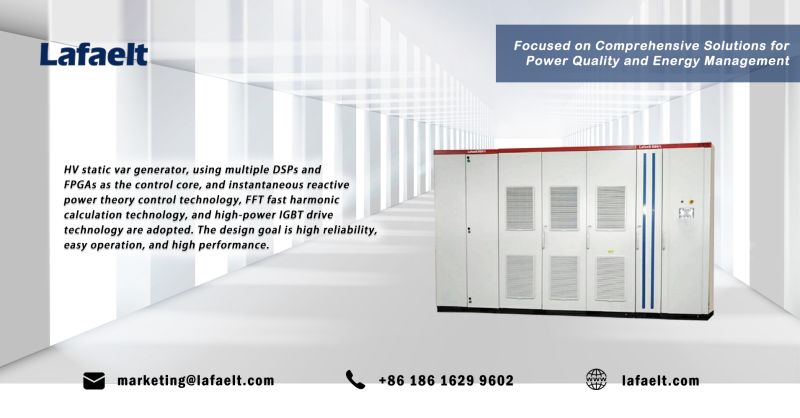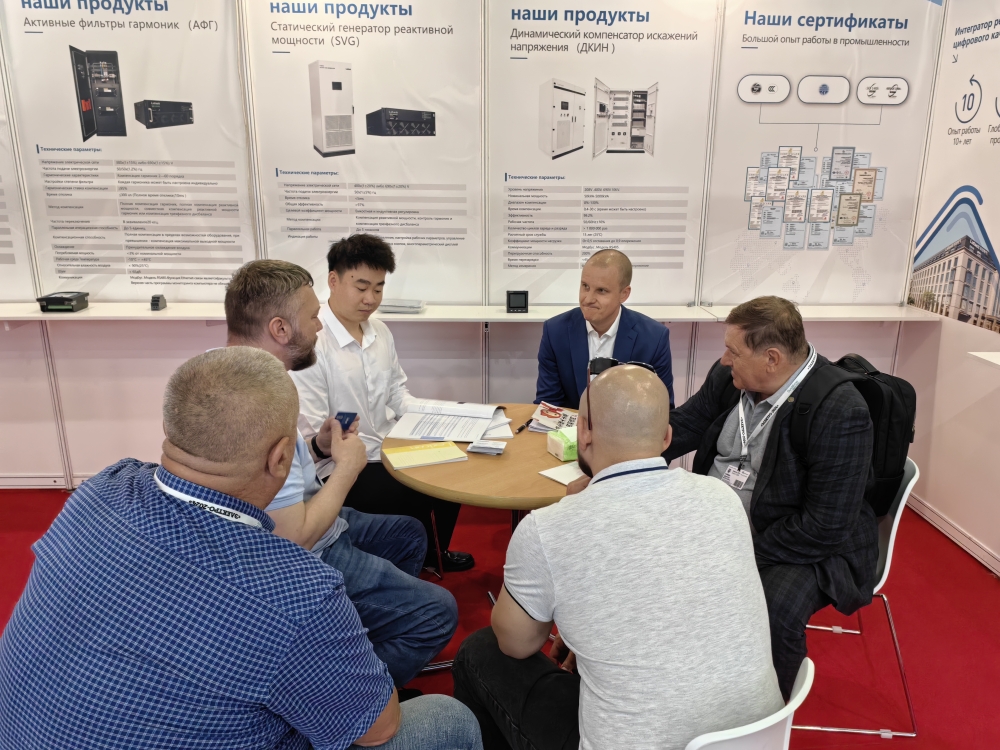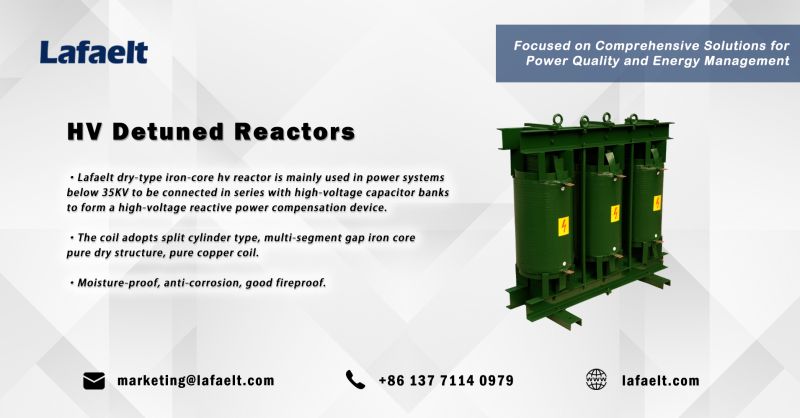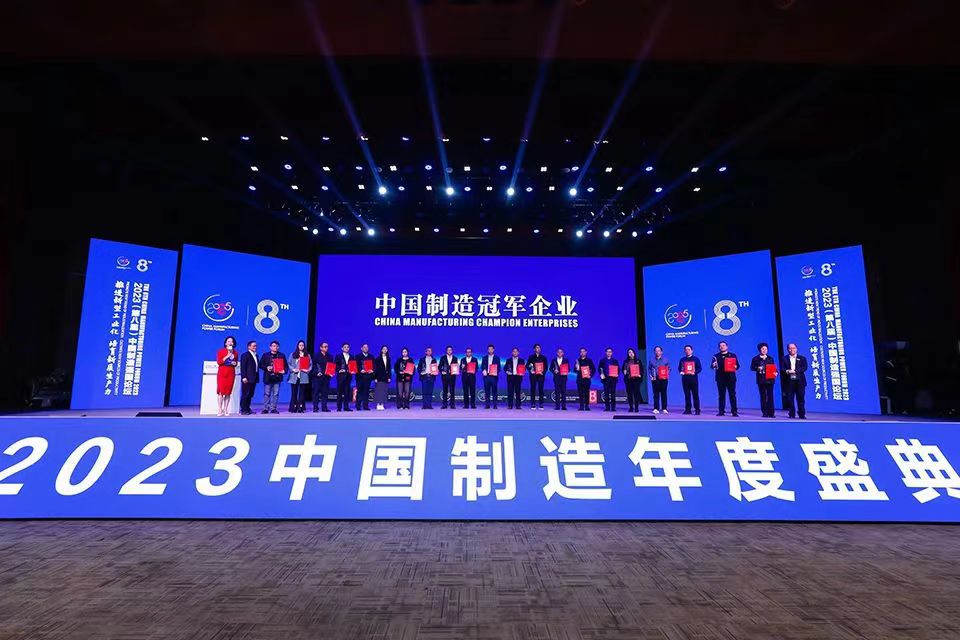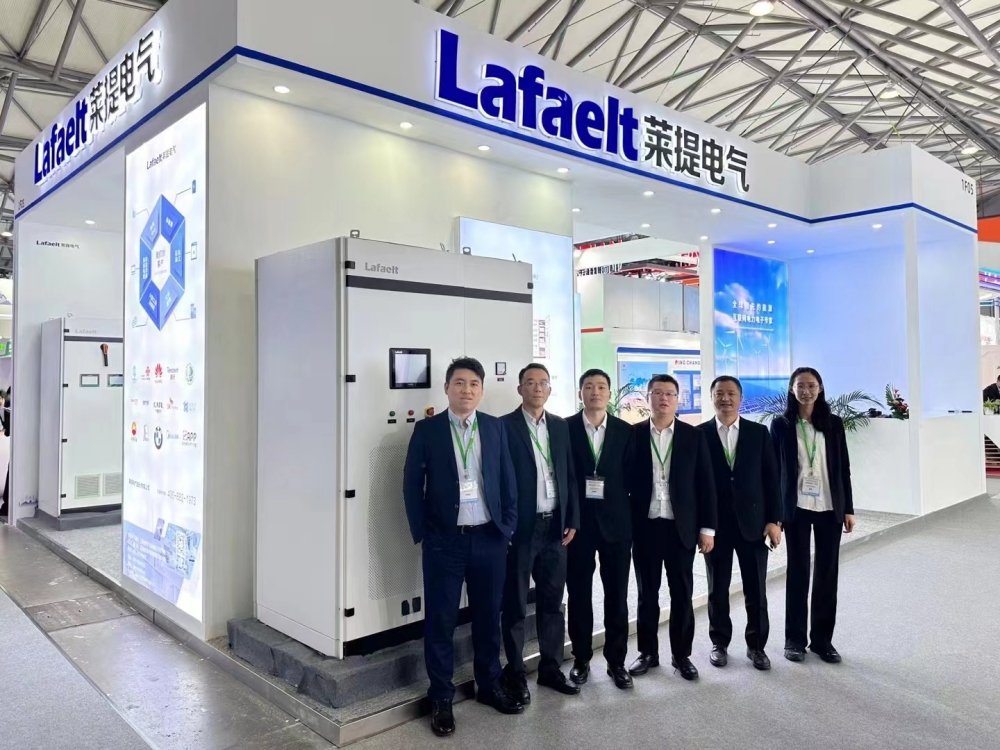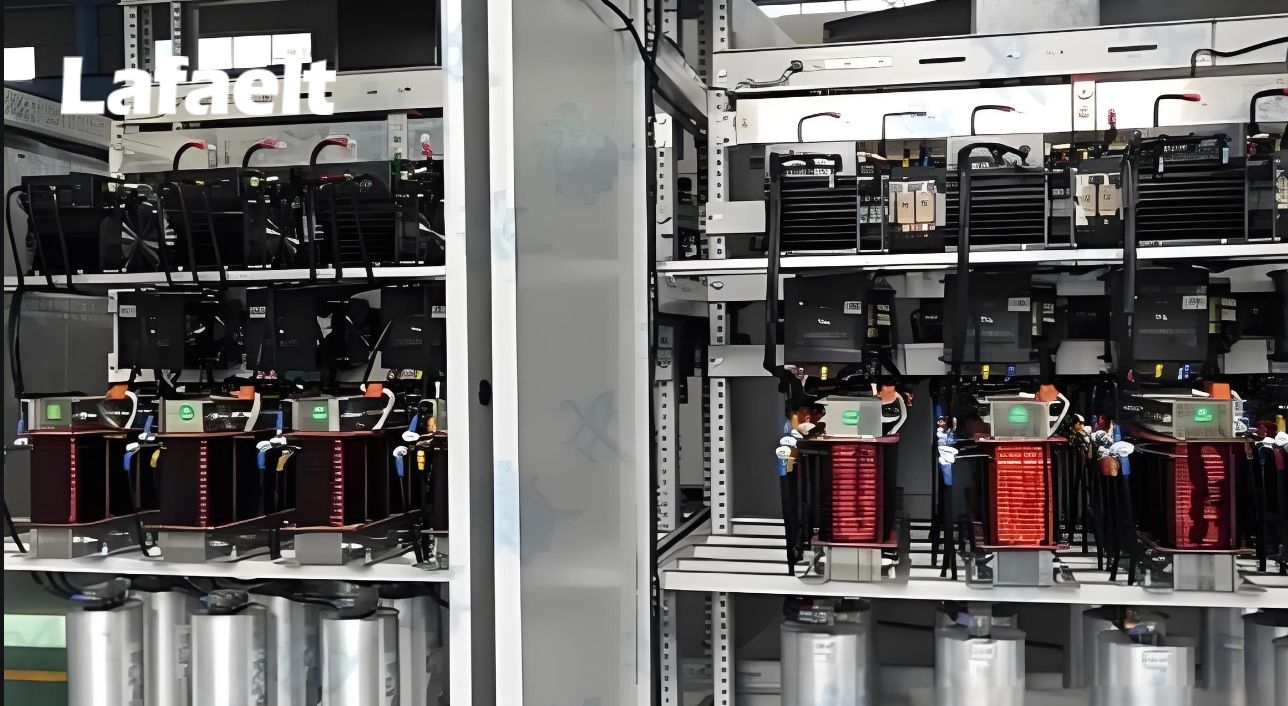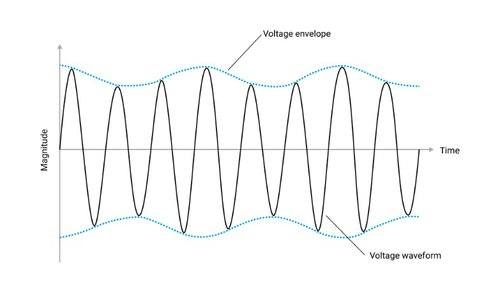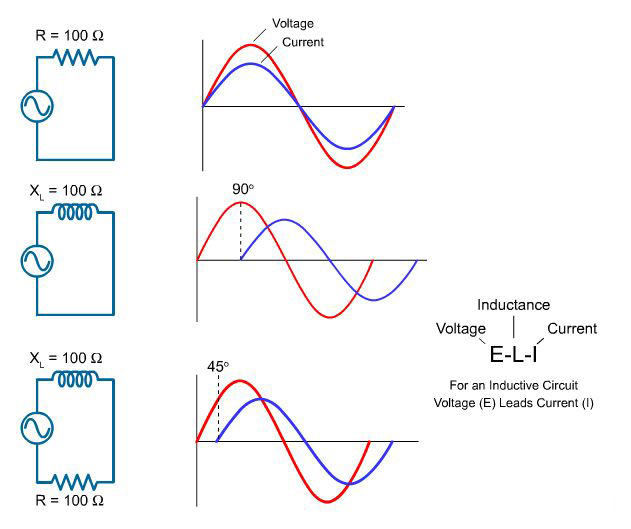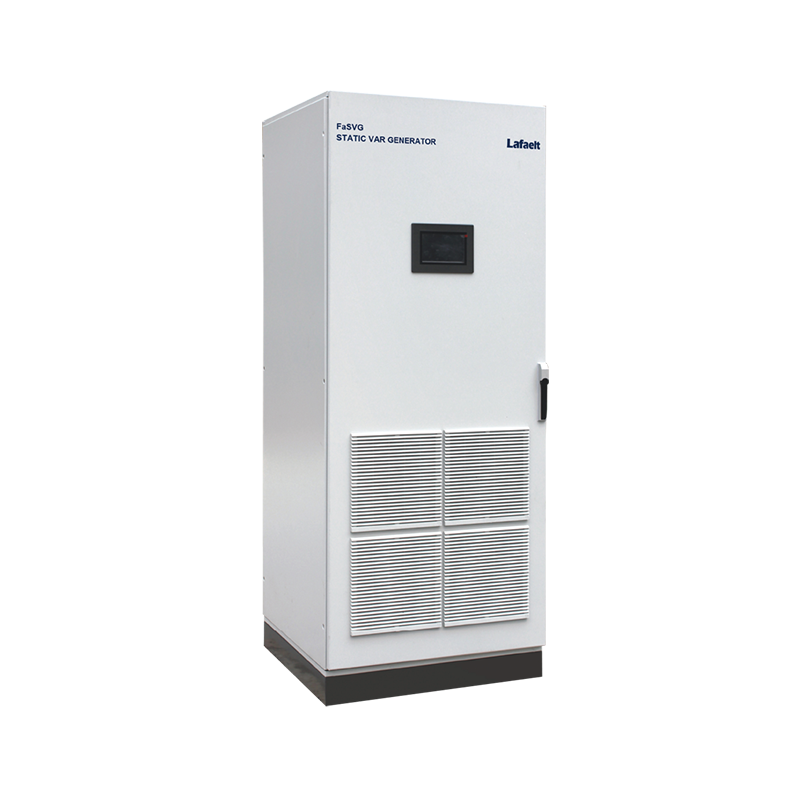The power factor issue at an airport, where it is capacitive (leading) during low load conditions, can be attributed to several factors. Here are some potential reasons for such a scenario:
1. High Voltage Equipment: The airport's electrical distribution system might have high-voltage equipment and transformers that result in an inherent capacitive effect when lightly loaded.
2. Variable Load: Airports typically have variable loads due to changing flight schedules and passenger activity. During off-peak hours when there are fewer planes or reduced facility usage, the overall load on the electrical system decreases. This can cause a capacitive power factor since there may be excess reactive power.
3. HVAC and Lighting Systems: The airport's heating, ventilation, and air conditioning (HVAC) systems, as well as lighting, may be significant contributors to the overall reactive power demand. During low-load periods, these systems may still be operating, causing a capacitive power factor.
To address this issue , the proposal is installing Static Var Generators (SVG)
A Static Var Generator (SVG) can offer several benefits for addressing a leading (capacitive) power factor, especially in electrical systems. Here are the key advantages of using an SVG for leading power factor correction:
1. Dynamic Reactive Power Compensation: SVGs are capable of dynamically generating or absorbing reactive power as needed. In cases where the power factor is leading, indicating an excess of capacitive reactive power, the SVG can absorb the excess reactive power and bring the power factor closer to unity (1.0). This dynamic adjustment ensures that the power factor remains within acceptable limits under varying load conditions.
2. Real-Time Response: SVGs respond rapidly to changes in the system's power factor and load conditions. They continuously monitor the power factor and provide instantaneous compensation, ensuring the power factor remains as close to unity as possible. This real-time response is crucial for maintaining power quality and network stability.
Overall, using an SVG for correcting leading power factor is an effective and flexible solution that ensures the power factor remains within the desired range, leading to enhanced energy efficiency and reliable electrical system operation.
